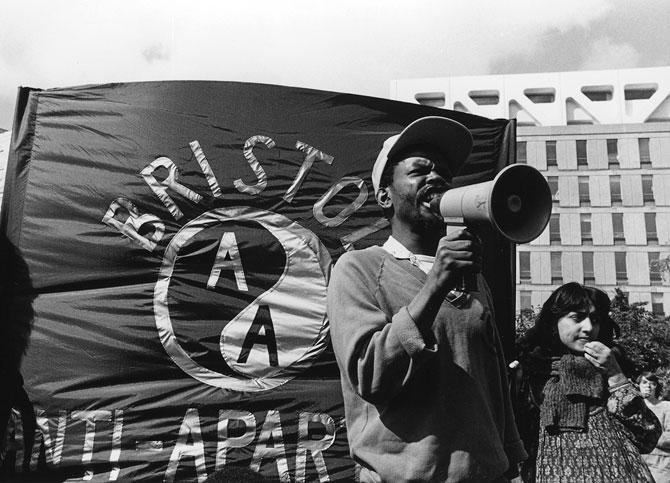This is the St Pauls carnival, with Milo, Daddy G on the mic, MC Willy Wee, and Nellee Hooper in the foreground.
Bristol today is synonymous with drum and bass and dubstep, but back in the mid-1980s it was the UK’s hip-hop heartland. Against a backdrop of Thatcherism and high unemployment, the city’s youth developed a taste for US rap and got heavily into the music, fashion and partying of that culture. The soundsystems, civil-rights demonstrations and parties that Bristol native Andy Beese (aka Beezer) documented in photos were in fact the roots of a burgeoning UK urban music scene, which, for a time, was absolutely brilliant. Then it got a bit rubbish, then it was good again, and now it’s kind of OK (well, the new Massive Attack album isn’t bad). These photos are a selection from Beezer’s book, Wild Dayz. We had a word with him about living in Britain’s very own version of Wild Style.
Vice: Were you setting out to document a scene, or are these simply photos of your day-to-day life and your friends at parties?
Beezer: It was more a case of photographing what was around me at the time. I had just finished college, where I was doing a one-year audio-visual course, which included a documentary photography class. So I was documenting what was going on, I guess, but they were all my friends anyway. I suppose you don’t realise at the time, but it was a totally under-exposed scene. The music press weren’t picking it up at all. The hip-hop scene was shunned.
We get sent countless books about 80s rap, but obviously the difference here is that this is a very British version of that culture. Was this period the peak of the Bristol scene?
It was the start and also the peak. Everyone was totally influenced by America. But there are also clear differences. We couldn’t afford to dress like the Americans, of course, apart from the occasional NY hat. So it does look different, for a start. Most of us never had name-brand trainers or Levi’s jeans. It was all Primark and gym shoes.
What was the atmosphere like at the time?
It was, in general terms, a dull time. It was Thatcher’s Britain, everyone was skint. It was a time when people would throw parties to celebrate getting a record deck.
Videos by VICE
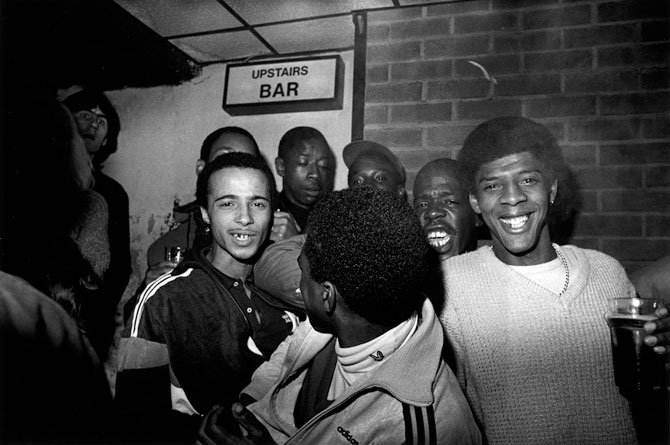
The gold teeth posse at the Dug Out. They were just a bunch of friends hanging out on the scene. Some of them had their own reggae soundsystem.
These images take place against a similar backdrop to Gavin Watson’s Skins images: the Thatcher years, bored kids, poverty, a lack of encouragement from authority figures.
Yeah, you had the miners’ strikes going on. It was a pretty depressing time. But even though everyone was signing on and unemployed, there would always be a party going on in Bristol. Even with the backdrop of misery, and three million on the dole or whatever, there was a great vibrancy in the underground music world, and in those days it really was underground. All we were interested in was music, clothes, spliff and women. There were no heroes, no superstars.
What was the mood like at these parties?
Well, it may be to do with the general feeling of togetherness that came from the tough times, and a real sense of multiculturalism, but there was never any trouble. There were all different types of people—punks, funk fans, whatever—they would all hear at least one tune in a night that would suit their taste. It was a real crossover point. You would have Clifton trendies mixing with St Pauls weed dealers at the Dug Out. It was incredibly inclusive.
Which global events concerned people your age?
Apartheid was a huge deal in a city where so many of us felt so strongly about our multiculturalism. There wasn’t so much of a National Front thing going on around us. Obviously it was in the background and we heard about it, but it didn’t seem to affect us so much. We all grew up together. No matter your religion or whatever, you played football in the yard with everyone else. I think at the time Bristol was ahead of London in terms of what was going on, the scene was more integrated. London would always have a few events when there was trouble. I think the atmosphere in Bristol was unique.
So what was the format of these parties? Were they legal?
The nights at places like the Dug Out were all legal, but there were a lot of illegal parties too—the most famous ones being at the Red House or in the disused Volkswagen Centre when the Fearless Four came over, but they weren’t on the sort of scale of the raves that came later. But every week there would be something going on—a club, a pub, an illegal party, a house party. It all went peacefully and everyone had a good time.
How big a part did drugs play in the scene?
It was just weed. People would just puff. People were just interested in girls and weed and music, and they drank Tennants Super. That was as far as it went. Crack was in New York, but it wasn’t in England back then, not in the way it is now. I can’t remember one party that got shut down. The police never really bothered us. It was a very mellow scene, and that contributed to the mood at parties. No one gnarled up being trouble, not like it is today.
Wild Dayz is out now, published by Tangent Books
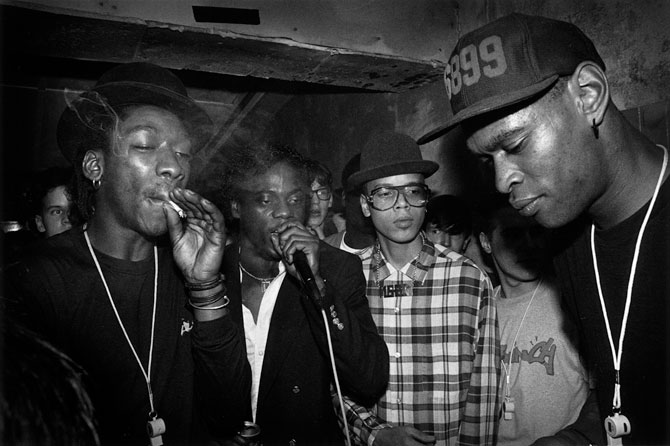
This was when New York came to Bristol: the Fearless Four at the Crypt. Their style is closer to the typical NY hip-hop look. The whistles were as much a fashion statement as a noise statement.
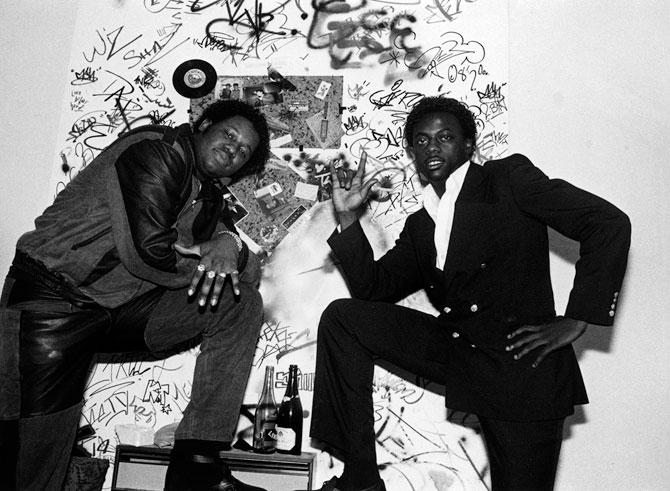
This is the two MCs from the Fearless Four at Daddy G’s house. Again, you can see the differences in style. This is the New York look, a bit more flash than us.
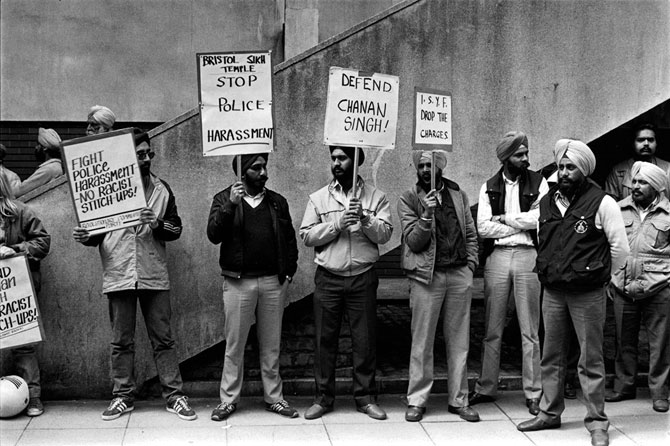
In 1985 there was a big fuss about police harassment of Sikhs in Bristol. There weren’t many Asian guys in the scene, but here are some protesters outside the magistrates’ court.
This is the anti-apartheid demonstration in Bristol’s Horsefair. It wasn’t like everyone went along to these events. For us, apartheid was the biggest foreign cause going.
More
From VICE
-

luismmolina/Getty Images -

Screenshot: Shaun Cichacki -

(Photo by Michael Ochs Archives/Getty Images) -

Photo by Hollandse Hoogte / Shutterstock

